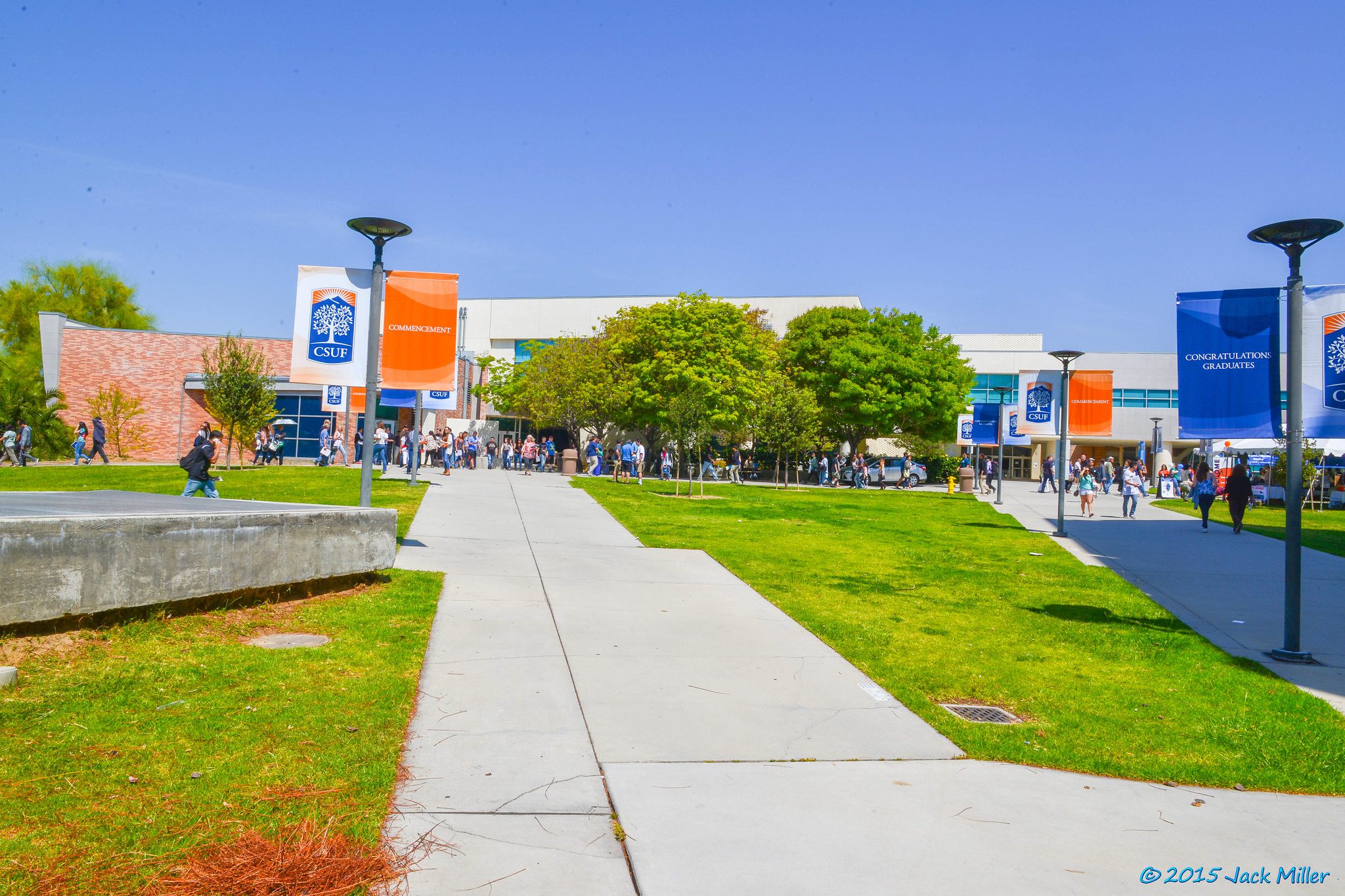When the California State University (CSU) system, a vast educational behemoth serving hundreds of thousands of students and recognized as the largest four-year public higher education infrastructure in America, set ambitious goals for enhancing graduation rates in 2015, it also aimed at eradicating racial disparities for Black, Latino and Indigenous students. However, after seven years and despite some noteworthy advances, racial gaps persist, expanding at several campuses within the system, according to a revealing new analysis.
“While we applaud the progress the CSU has made to improve graduation rates, a rising tide has not lifted all boats equitably,” said Michele Siqueiros, president of the Campaign for College Opportunity. “Without intentionality and urgency in designing policies, practices and programs to better serve Latinx, Black, AANHPI and AIAN students equity gaps will grow and persist, strangling the California Dream.” Siqueiros, who also authored the report, called the continuing equity gaps “unacceptably high.”
Under its strategic plan titled Graduation Initiative 2025, CSU intended to enhance two-, four-, and six-year graduation rates for first-time and transfer students. This strategy was instrumental in elevating the overall graduation figures, though the growth was unequally distributed among diverse racial groups. In 2022, first-time white, Asian, Pacific Islander, and multi-ethnic students demonstrated a graduation rate of 42% within four years, noticeably higher than the 28% rate for first-time Black, Latino, and Indigenous students in the same period.
The report, named “A Rising Tide in Graduation Rates at the California State University (CSU), a Persistent Divide in Racial Equity,” engaged in an in-depth examination of Black students’ experience. Despite some progress, the graduation rates for this demographic remain lower than other underrepresented groups in the system. Even at colleges with the highest graduation rates for Black students, like San Diego State University, a significant discrepancy still exists as their graduation rates lag considerably behind their white and Asian counterparts.
Failure to meet the target graduation rates could wreak havoc not only on those students who haven’t fully realized their potential but also on the state of California and our nation, given the imperative need for educated workers from diverse backgrounds. To rectify this, Siqueiros urges the CSU system to implement “targeted, informed and differentiated” strategies tailored to uplift Black, Latino, and Indigenous students.
The report also highlighted pronounced variances in the performance of each of the 23 campuses within the CSU system. For instance, in 2022, Cal Poly San Luis Obispo, one of the least diverse yet competitive campuses, had the highest overall graduation rates for first-time students. While the university system has been proactive in proposing strategies to bolster Black student success, newly appointed chancellor and previous two-time CSU president Mildred García is credited with reducing gaps for Latino students at Cal State Fullerton.
Acknowledging the system’s shortcomings regarding an inclusive academic success, Jennifer Baszile, associate vice chancellor of student success and inclusive excellence for Cal State, stated: “If institutions start from a challenged place and they are making progress, I think that we still have to have that deep appreciation for the work while we engage to push forward and to continue to make an impact.”
Among the reports recommendations is ensuring that legislative and budget proposals aimed at addressing support for student financial aid, mental health, housing, basic needs, transfer assistance, and advising and counseling are aligned with goals and include expectations that these efforts help close graduation completion equity gaps.







